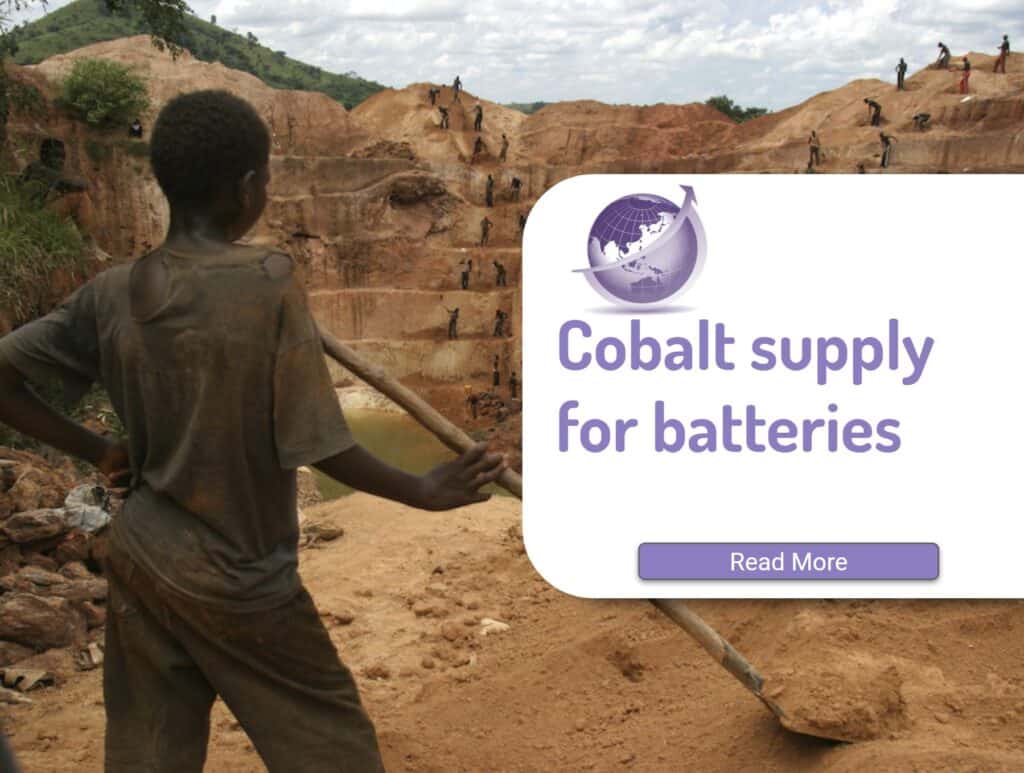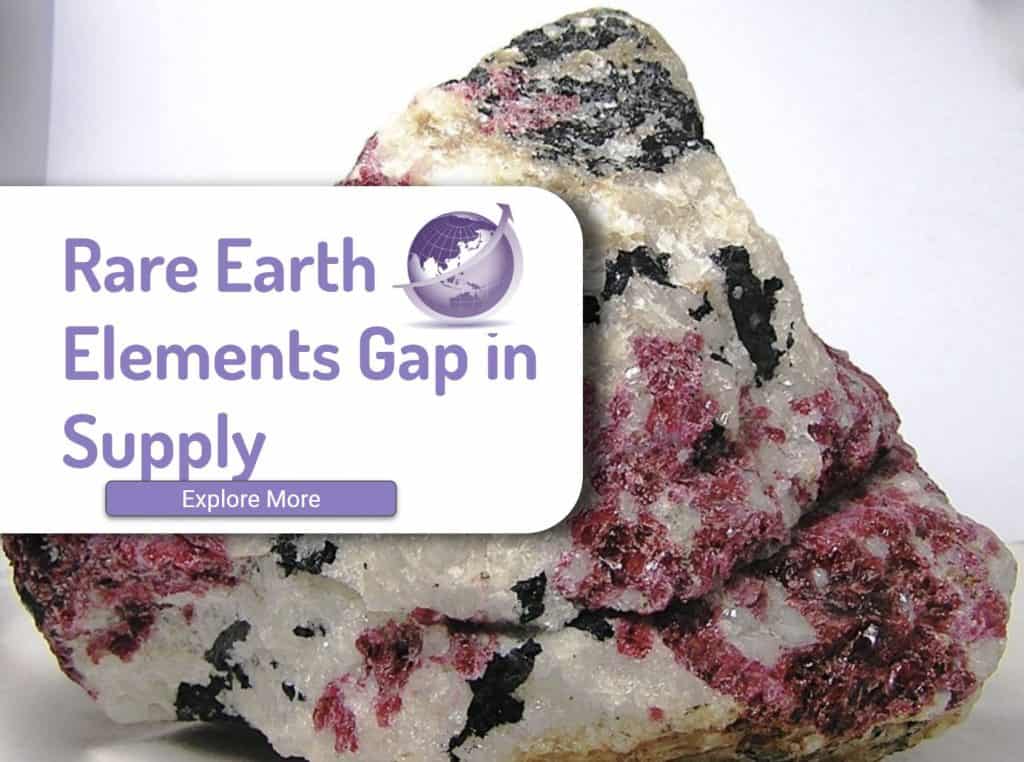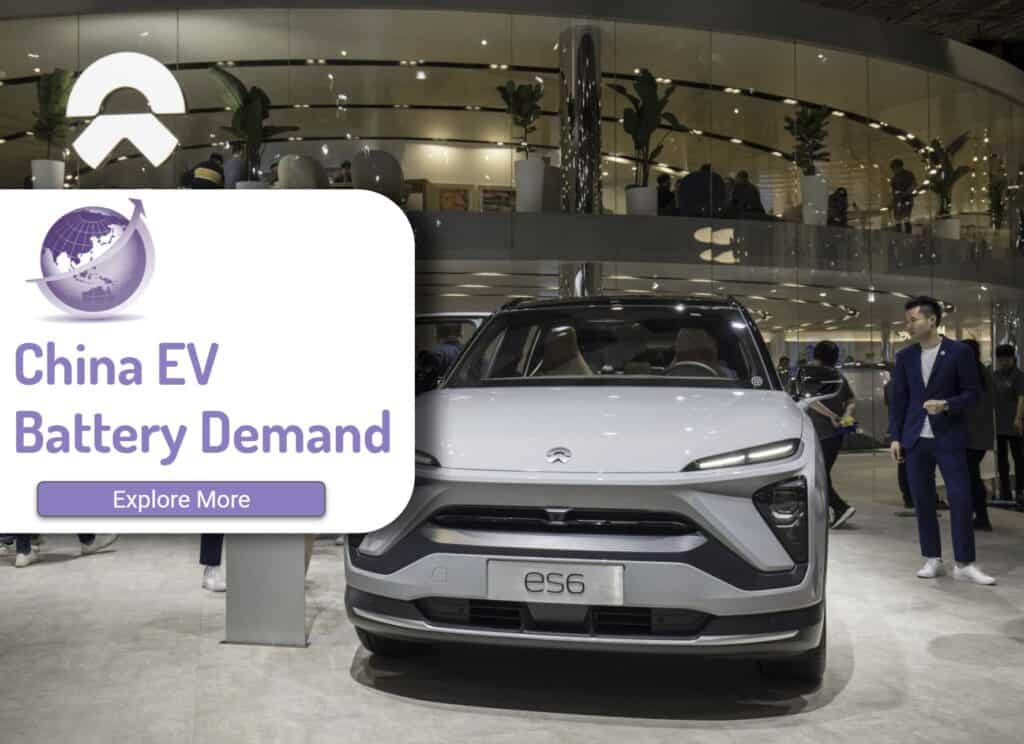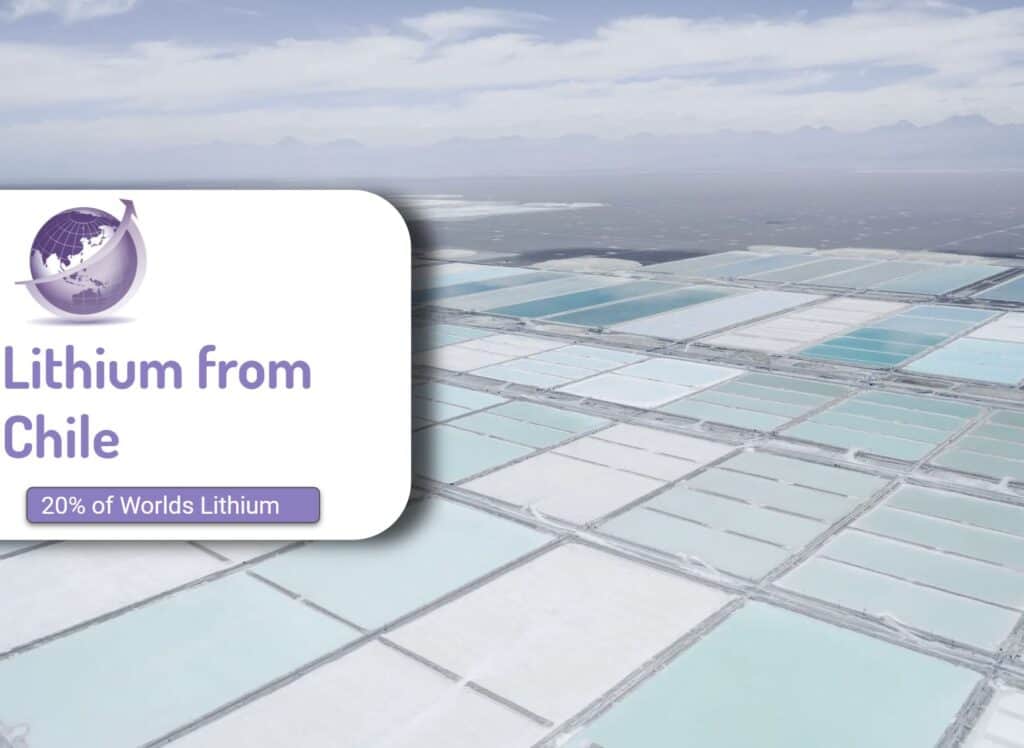Cobalt is used in Lithium ion nickel batteries as the cathode. Globally, 98% of cobalt is a byproduct of copper or nickel . In copper it’s 60% of that market. And in nickel’s case, it’s around 38%. Cobalt is essentially an accidental metal. New EV battery technologies do not use cobalt, but most mobile phones and consumer electronics still use cobal cathodes. Discovered in Germany in 1500 CE. In 2020, 82,000 tonnes of lithium and 140,000 tonnes of cobalt was produced – supporting a yearly production of 3.5 million Li-ion batteries for BEV.
Most cobalt (65%) comes from the Democratic Republic and has a dirty name for child labour. It is processed in China. Most battery product is sent to China for processing.
Operations often use 250°C to 300°C, and 50 atmospheres in terms of pressure to leach out the metal. These are also highly acidic conditions that create acid by-products, which you then have to store and dispose of. (More reading here)
Canadian Cobalt
- Edison Battery Metals (TSXV:EDDY)
- Fortune Minerals (TSX:FT)
- Battery Mineral Resources (TSXV:BMR)
- Jervois Global (TSXV:JRV)
- Sherritt International (TSX:S).
Jervois (Finland, Idaho, Australia) is planning to be the biggest and only North American producer of cobalt and is due to come online in 2022. The market is busy. E.g. in 2019, ASX-listed cobalt play Jervois Mining was set to become the world’s third largest cobalt miner with the acquisition of Canada’s eCobalt Solutions Inc.
Australia Cobalt
Australia’s 2020 Critical Minerals Projects list detailed around 68 cobalt projects, showcasing a promising pipeline for the material. One such project is Glencore’s Murrin Murrin nickel-cobalt mine in Western Australia, which experienced 14% year-on-year growth in cobalt output in 2020. The previous year, the site made up 66.7% of total Australian cobalt output, making it the country’s largest single cobalt producer. Another site is at Broken Hill.
Australia has 16% of the world’s cobalt resources but currently only produces around 5%. So why hasn’t Australia previously monopolised on this industry? One reason is that traditional methods are often too damaging and labour-intensive, requiring high temperatures and pressure that causes equipment to break down rapidly.
There are new ventures to get the existing cobalt from copper and nickel miners, and currently there are takeovers and bidding wars by the 2 big iron ore miners FMG and BHP.
Listed Cobalt Miners
- ASX: NIS NickelSearch.
- ASX: KNI Kuniko Limited.
- ASX: CHN Chalice Mining.
- ASX: COB Cobalt Blue Holdings.
- ASX: AML Aeon Metals.
- ASX: PAN Panoramic Resources.
- ASX: ARL Ardea Resources.
- ASX: JRV Jervois Mining USA and Brazil
Source: Stockhead for a wider ranging discussion on cobalt stocks.
Cobalt Demand and Uses

.png)

Cobalt Use in Other Industries
For a further read of cobalt, check out the Cobalt Institute. All crude oils contain between 0.1% and 2.5% of sulphur dependant on their source of origin. Upon combustion, the sulphur from these crude oils is converted into sulphur oxides – an air pollutant. By using a cobalt oxide-molybdenum oxide catalyst (CoMOX), the sulphur can be converted into hydrogen sulphide (H2S).
During the refinery stage, the sulphur is removed using catalysts, and is the bulk of Co used
The H2S can then be converted into either elemental sulphur or into sulphuric acid (H2SO4), which is then used for other industrial processes. CoMOX catalysts contain 3-5% tricobalt tetraoxide (Co3O4), 14% molybdenum trioxide (MoO3) and 83-85% alumina (Al2O3). As CoMOX catalysts are very resistant to poisoning and degradation they are the ideal choice for use in desulphurisation reactions.









